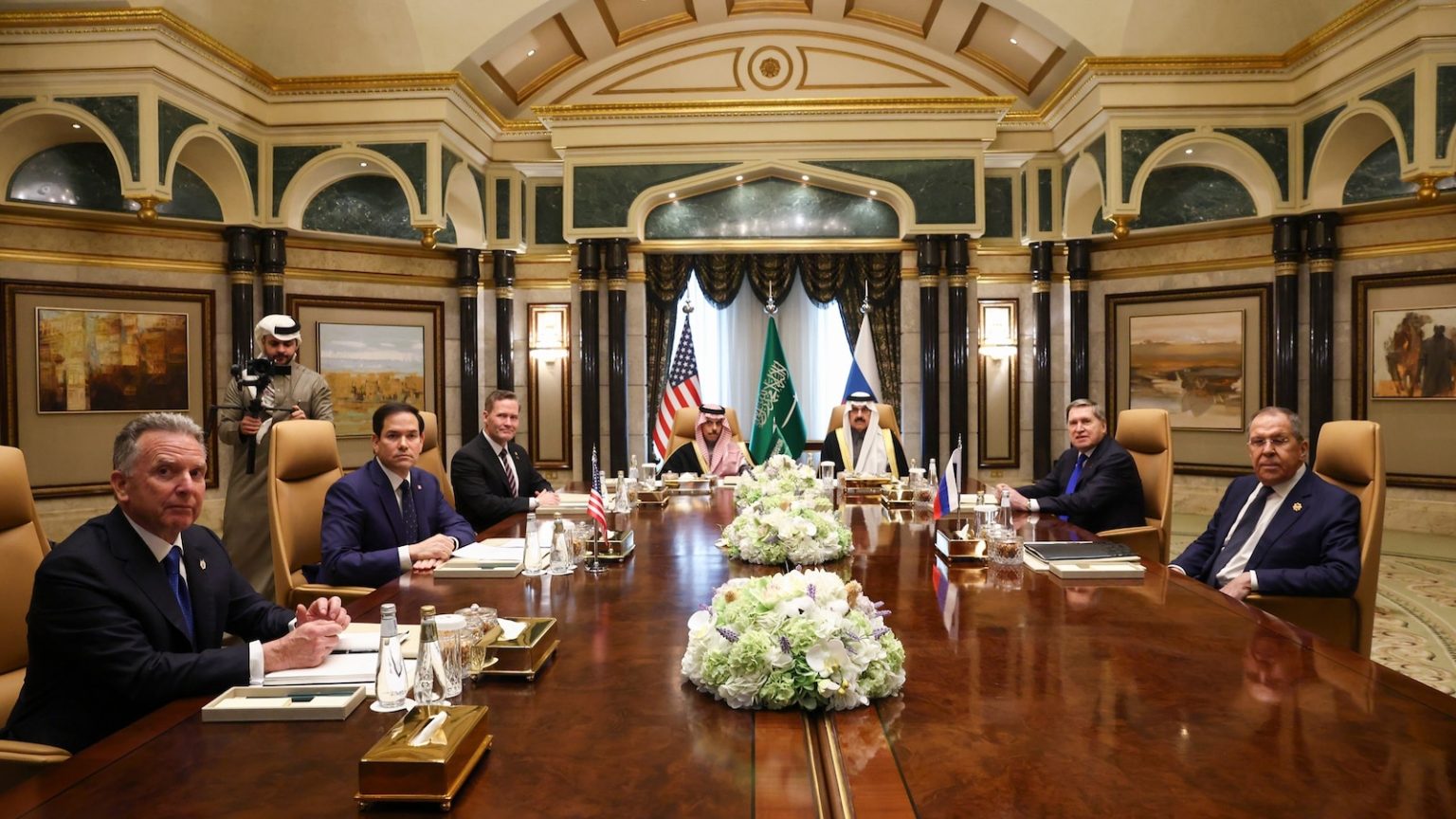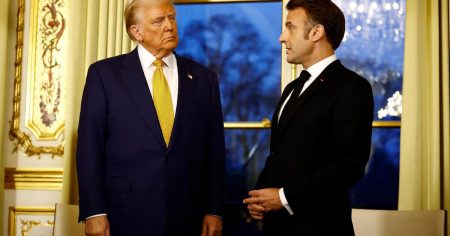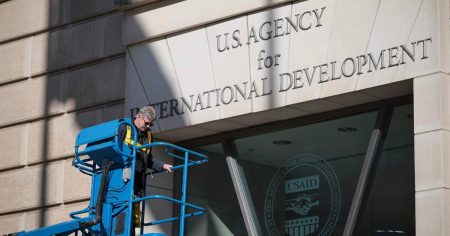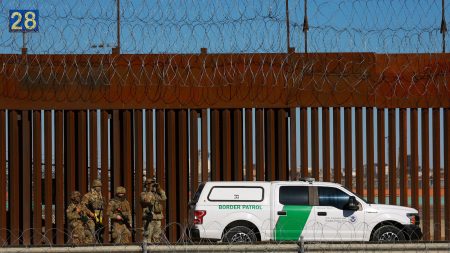The high-level meeting between U.S. and Russian officials in Saudi Arabia signifies a new chapter in their relations, marking a shift from previous policies aimed at isolating Russia. The optimism expressed by both delegations, including plans to restaff embassies, suggests a genuine effort to improve ties. However, concerns linger about whether this approach benefits parties beyond Russia, with analysts highlighting the lack of leverage that could lead to unfavorable outcomes.
The prospective summit between Trump and Putin, moving swiftly, aims to achieve significant concessions, particularly on nuclear disarmament. Trump’s broader goal of reducing global defense spending, involving China, raises questions about feasibility. The exclusion of Europe and Ukraine from initial talks is troubling, as it may undermine their roles in determining their futures. Europe’s consideration of a peacekeeping force in Ukraine adds complexity, with uncertain Russian reactions.
Trump’s shift in narrative, attributing the war’s cause to Ukraine’s NATO aspirations, diverges from previous U.S. support for Ukraine. This stance could alter international perceptions and negotiation dynamics. Balancing the pursuit of peace with the need to ensure Ukraine’s sovereignty and regional stability remains crucial. Addressing the human suffering in Ukraine is paramount, yet any resolution must involve all key stakeholders to avoid resentment and instability.
In essence, while the meeting offers hope for de-escalation, the exclusion of critical parties and potential imbalanced negotiations pose risks. A successful resolution requires inclusive dialogue and a balanced approach to ensure a fair and lasting peace.















